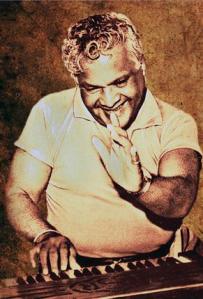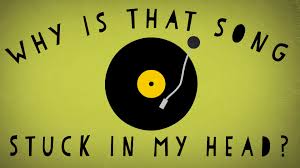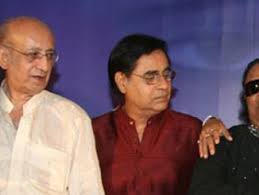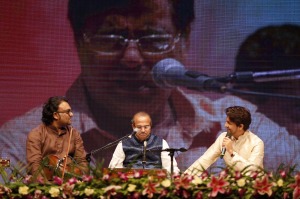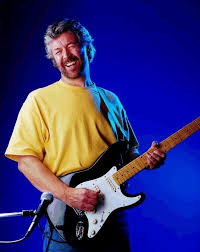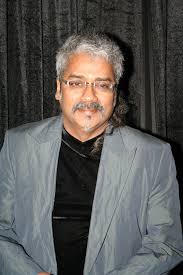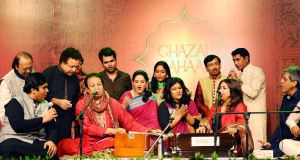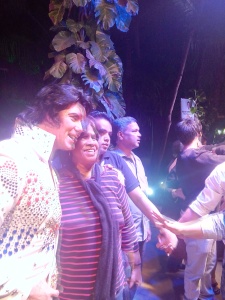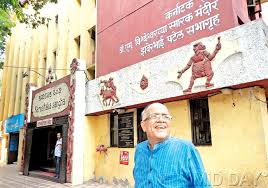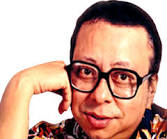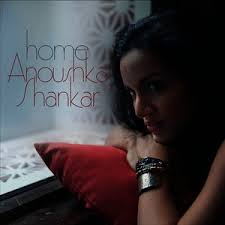I wonder if such a term exists, but let’s call it the ‘Concert Memorability Index’. The idea comes from the thought that many of us enjoy live performances and rave about them for a few days. We write about them on the social media or in newspaper articles and blogs. But slowly, the details fade.
Keeping this in mind, I tried an experiment. On March 13, just a month and a day ago, I attended a tribute to the legendary music director Vasant Desai at the Ravindra Natya Mandir, Prabhadevi. Now, as I had interviewed the director Vikas Desai before the show, I had a rough idea about what it would be like.
However, I decided not to take down any notes or write an extensive review immediately. The objective was simple: Would the show have very fine and detailed memories a month later? If it did, it obviously had a very high Concert Memorability Index. So let me try my luck at writing a month-late review.
—
THE show was named ‘Vasant Desai – Ek Anubhav’. Not a seat was empty, and some people sat on or stood in the aisles. Though one expected a bit of delay, the concert started 30 minutes late, which is pretty normal for most musical events in Mumbai. Director Vikas Desai, wearing his trademark hat, addressed the gathering.
The first thing the audience realised was that it wouldn’t be just a continuous rendition of Vasant Desai’s songs. The actor Sumeet Raghavan played the sutradhar, or narrator, and Tushar Dalvi enacted the legendary music director’s role. The script was in Marathi, and film clips were shown on the screen at the back. What was instantly obvious was that this would be a fine blend of theatre, music, storytelling and cinema.
The orchestra was totally live. On the right were a group of chorus singers and the string section. The left side had the keyboardists, guitarists, flautists and percussionists. Different singers came in and did different songs. The line-up included Ravindra Sathe, Vaishali Samant, Rattan Mohan Sharma, Tyagraj Khadilkar, Kirti Killedar, Nachiket Desai, Ankita Joshi, Mansi Multani, Vaibhav Upadhyay and, in a special appearance, Sachin Pilgaonkar. A few others whose names I didn’t quite catch.
The songs were mostly in Hindi and Marathi. The names of the film, original playback singers, lyricists and stage singers were mentioned on the screen. Vasant Desai’s association with the legendary filmmaker V Shantaram was showcased through his earlier songs in Marathi films like ‘Shakuntala’ and ‘Amar Bhoopali’. His music in PK Atre’s ‘Shyamchi Aai’ was also rendered.
The idea was to fit in a theme, rather than go by chronological events. Hence, the ‘Guddi’ hits ‘Bole Re Papihara’ and ‘Hum Ko Man Ki Shakti Dena’ were presented before the interval. The latter was even followed by a video of AR Rahman’s rendition.
It was pure showbusiness. There were dancers for the lavani songs, Chinese costumes for songs from ‘Dr Kotnis Ki Amar Kahani’ and a brilliant solo song-and-dance version of the ‘Aashirwad’ hit ‘Rail Gaadi’. Snippets about the composer’s eating habits, fondness for soda, lack of any vices like tobacco and alcohol, and his passion for exercising were shared.
The way Vasant Desai used background music in ‘Do Ankhen Baarah Haath’ was portrayed wonderfully. The scene depicted the passing of the day. Cinematically, it involved the use of how the length of a shadow changes. Musically, it moved from morning to afternoon to evening raags. What director Vikas Desai did was to first show the scene without any music. Then the cast explained the concept, before the scene was played again with sound. Mesmerising.
Though some rare gems were missed, most classics were rendered. The late Ustad Amir Khan’s title song from ‘Jhanak Jhanak Paayal Baje’ was sung by classical vocalist Rattan Mohan Sharma. ‘Nain So Nain’ from the same film was sung as a duet. From ‘Goonj Uti Shenhai’, there were ‘Ankhiyan Bhool Gayi Hai Sona’ and the slower version of ‘Tere Sur Aur Mere Geet’. From the Marathi repertoire, there was the immortal Kumar Gandharva-Vani Jairam hit ‘Runanu Bandhachya’.
The ending was total gooseflesh. First, mention was made about how as Maharashtra’s first honorary music director, Vasant Desai tried to ensure that school-children in the state learnt ‘Jana Gana Mana’ in chorus. Then, the cast talked of the Marathi film he planned to direct. On December 22, 1975, after a day-long recording session, he returned home and walked into his lift. Because of some technical problem, he was killed in the mishap. An era was over.
Now, see how Vikas Desai portrayed the sequence. Dalvi, playing the music director, talked about his plans. A picture of a lift emerged on the background screen. Dalvi walked towards it. Sudden darkness and the sound of a crash. Short silence. ‘Times of India’ and ‘Indian Express’ headlines about the mishap were shown. Darkness again.
Candles were lit. A man in white came on stage. He was joined by all the singers. He recited a line from the ‘Do Ankhen Baarah Haath’ masterpiece ‘Ae Maalik Tere Bandhey Hum’. The singers recited the line in chorus. The whole number was rendered that way. The song over, the crowd was reminded of Desai’s effort’s of teaching ‘Jana Gana Mana’ in schools. The entire audience stood up and sang the National Anthem. What a memorable way to end a brilliant concert. No wonder many of us can talk about it weeks later.
—
Now, didn’t this show have a very high Concert Memorability Index? Even a month later, it is totally fresh in my mind. A five on five rating, for sure. Vikas Desai announced that he was planning to take the show to Thane, though it was still early to decide on other cities. It wasn’t an easy show, simply because of its sheer magnitude and scale. But it was done with sheer precision, and truly brought out the character of the legend named Vasant Desai.
